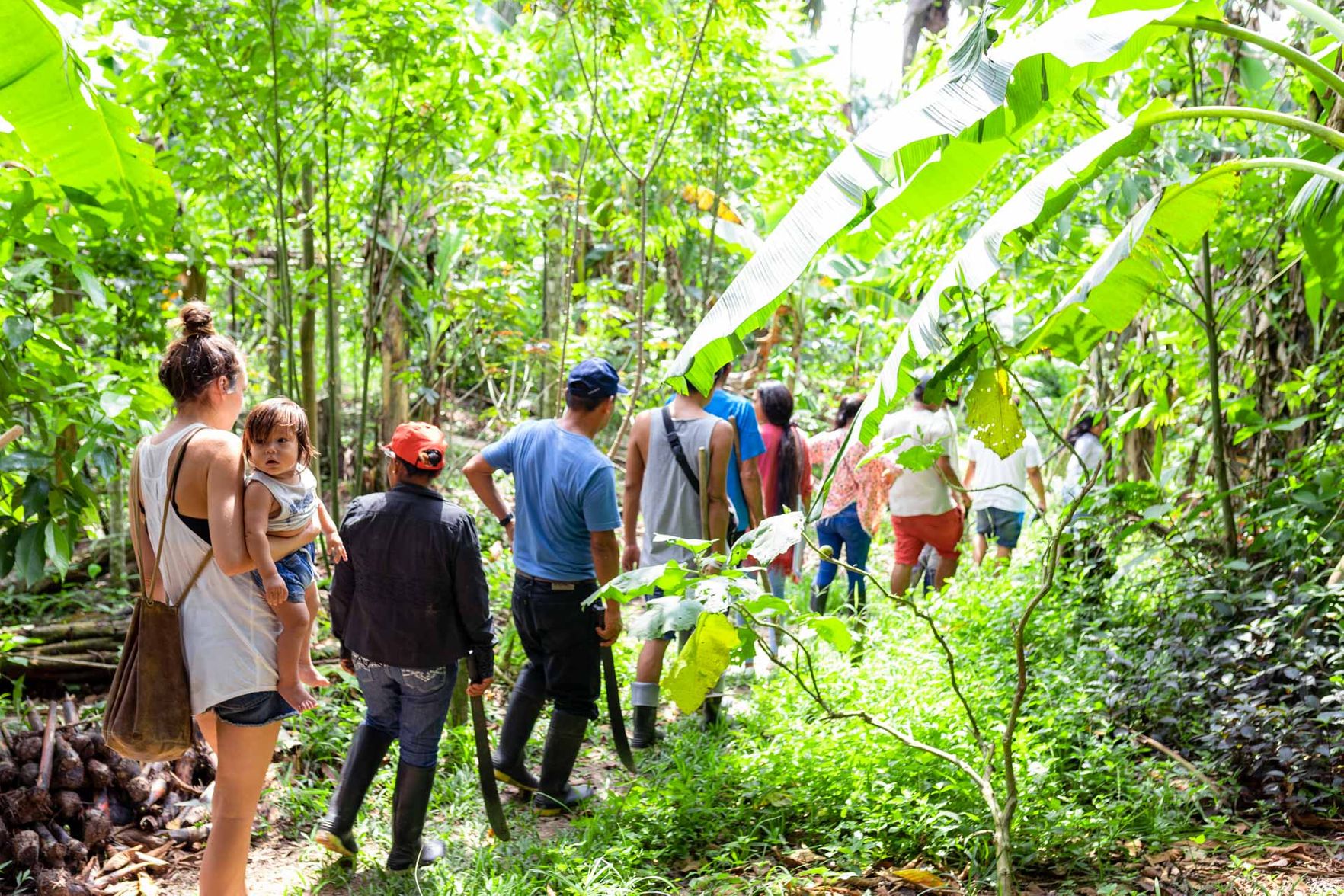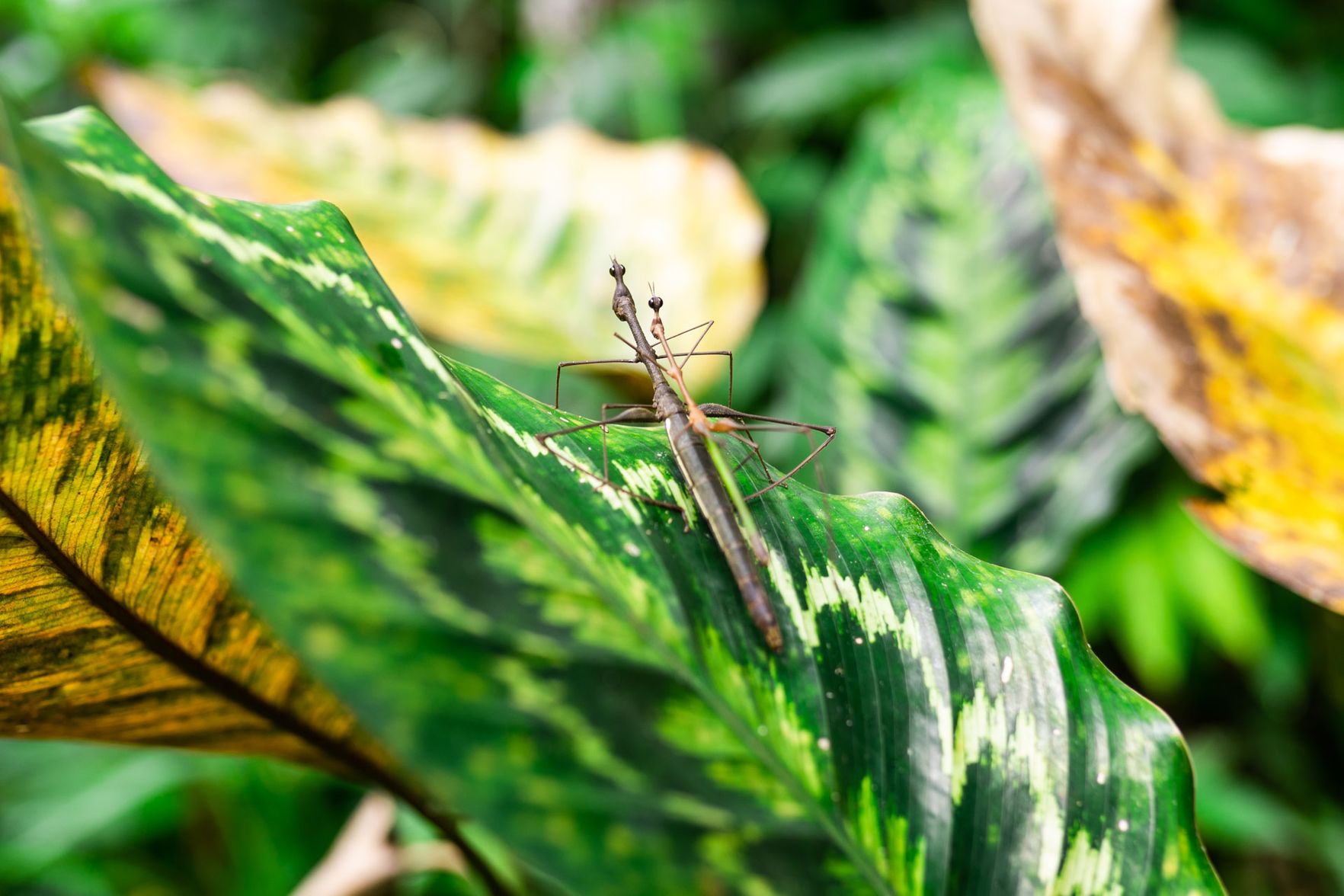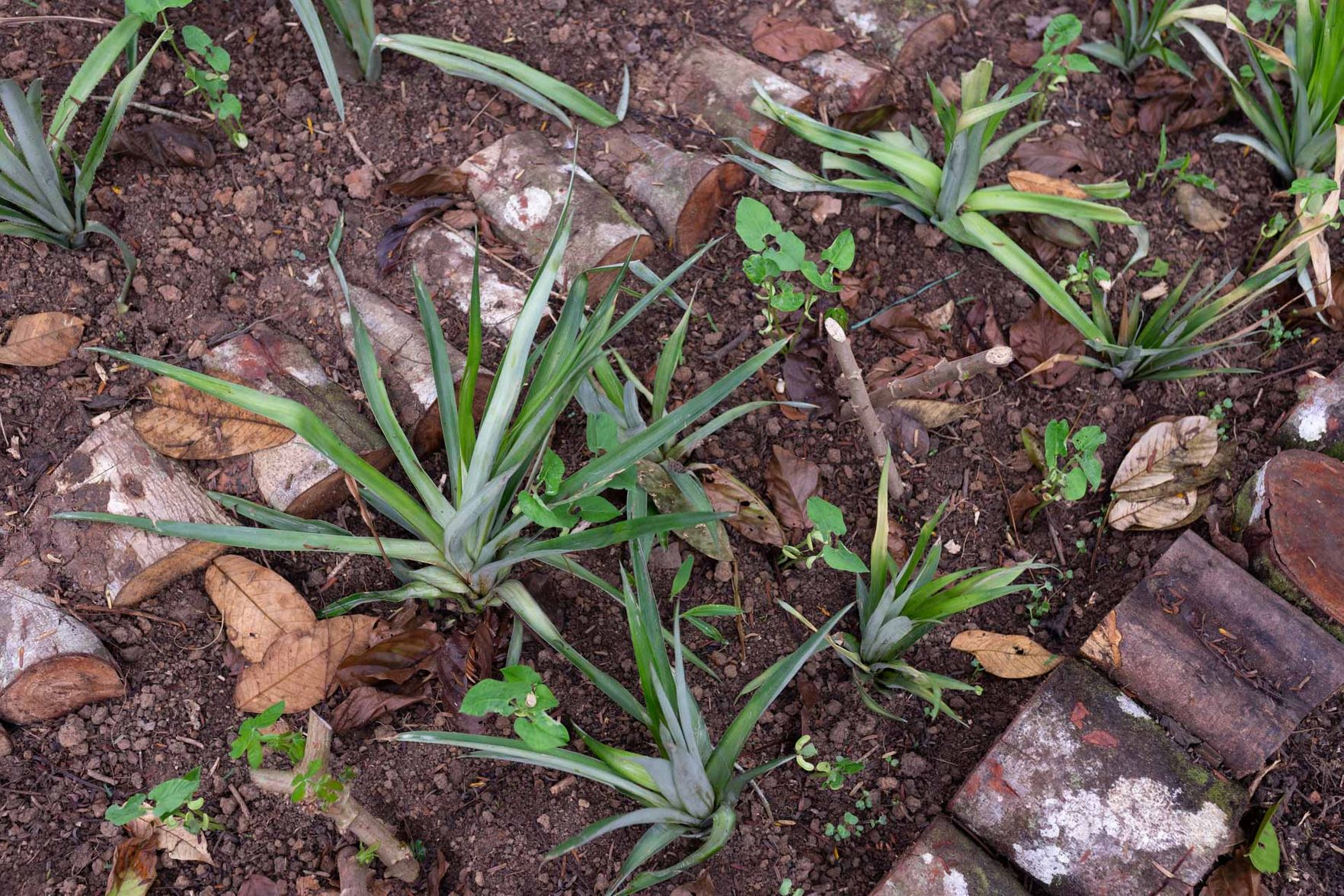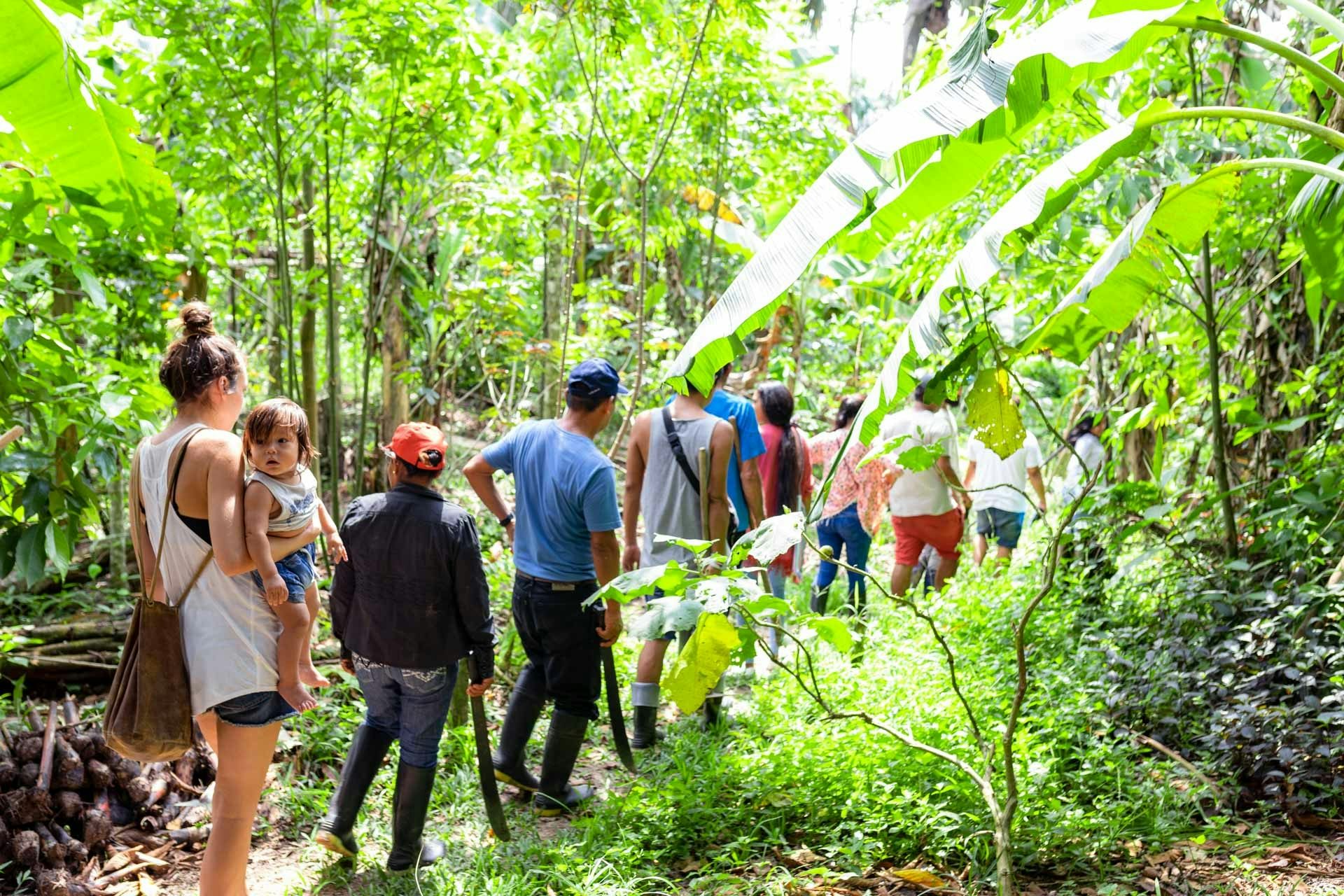By
The Amazon basin is the world’s most biodiverse terrestrial ecosystem; in 2 hectares of land, we find more plant and animal species than we find in the entire continent of North America. Hydrological cycles modulated by the trees and rivers of the Amazon also play a key role in regulating weather globally.

Nonetheless, in the heart of the Peruvian Amazon, where we find widespread deforestation and landscape degradation from commercial resource extraction, Amazonian communities rapidly integrating into the market-economy opt for an unsustainable agricultural method called slash-and-burn or swidden farming, where a piece of pristine forest is razed to the ground, burnt, and replaced by one or two crops.

At the Chaikuni Institute, we bridge traditional indigenous land-management techniques with modern permaculture methods in order to develop sustainable, integrated alternatives to land-use. Working together with communities in the Loreto department of the Peruvian Amazon, we are seeking to resuscitate an ancient practice called the "charca integral" – the ‘holistic’ garden. As an alternative to slash-and-burn, the chacra integral offers a method of land-use that does not burn the cut vegetation. In this system, communities plant a great variety of different edible fruit trees, hardwood trees, and other useful plants in highly biodiverse plots of land. A chacra integral creates healthy food forests, produces abundance for local communities, counteracts deforestation and soil degradation, and thus helps to combat and mitigate climate change.

Over the course of the last year or so, we have been able to sustain continued training and implementation of permaculture workshops, including the participation of indigenous leaders and local farmers from surrounding communities. At the beginning of March, our latest ten-day training offered a deeper look into the chacra integral system, and more specifically a method called “agrofloresta” -or syntrophic farming- under the masterful guidance of Tierra Martinez, founder of the Ná Lu’um permaculture Institute and one of the leading permaculture experts in Latin America. At our permaculture centre, situated on the lands of our sister organization the Temple of the Way of Light, in the lower Nanay River basin in the Peruvian Amazon, we offered a ten-day capacity building workshop to a diverse group of over 30 people; women, men, and youth from three neighbouring communities.

The agrofloresta method, also known as syntropic agriculture, it is an extremely diverse and productive system of climate- and biodiversity-friendly sustainable farming. Just like a multi-layered rainforest ecosystem. It works with plants that thrive on different levels and in different conditions (high, low, medium-altitude, shade, sun, etc..), each producing food, timber or medicines at different time intervals, assuring a year-round production. Perfectly aligned with our local chacra integral system, we promote the agrofloresta as a part of it.

Finishing the ten days, our team of eighty-plus hands of villagers and Chaikuni staff had left growing three such rich agrofloresta plots. Installed in areas previously degraded by local farming practices, they are bound to grow back to thriving and productive forests. At the Chaikuni Institute, we will continue to spread the knowledge on chacras integrales and the agrofloresta within our neighbouring communities and beyond, to keep creating a movement to regenerate the Amazon.

